Our Blog
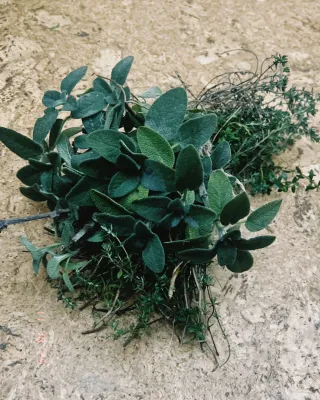
Bath Bouquets- Herbal Bath Infusions
Herbal bath infusions are a good way to fight winter fatigue and symptoms, are non-toxic, and are a more affordable and thoughtful gifting option. ...more
Low waste living
December 01, 2025•2 min read
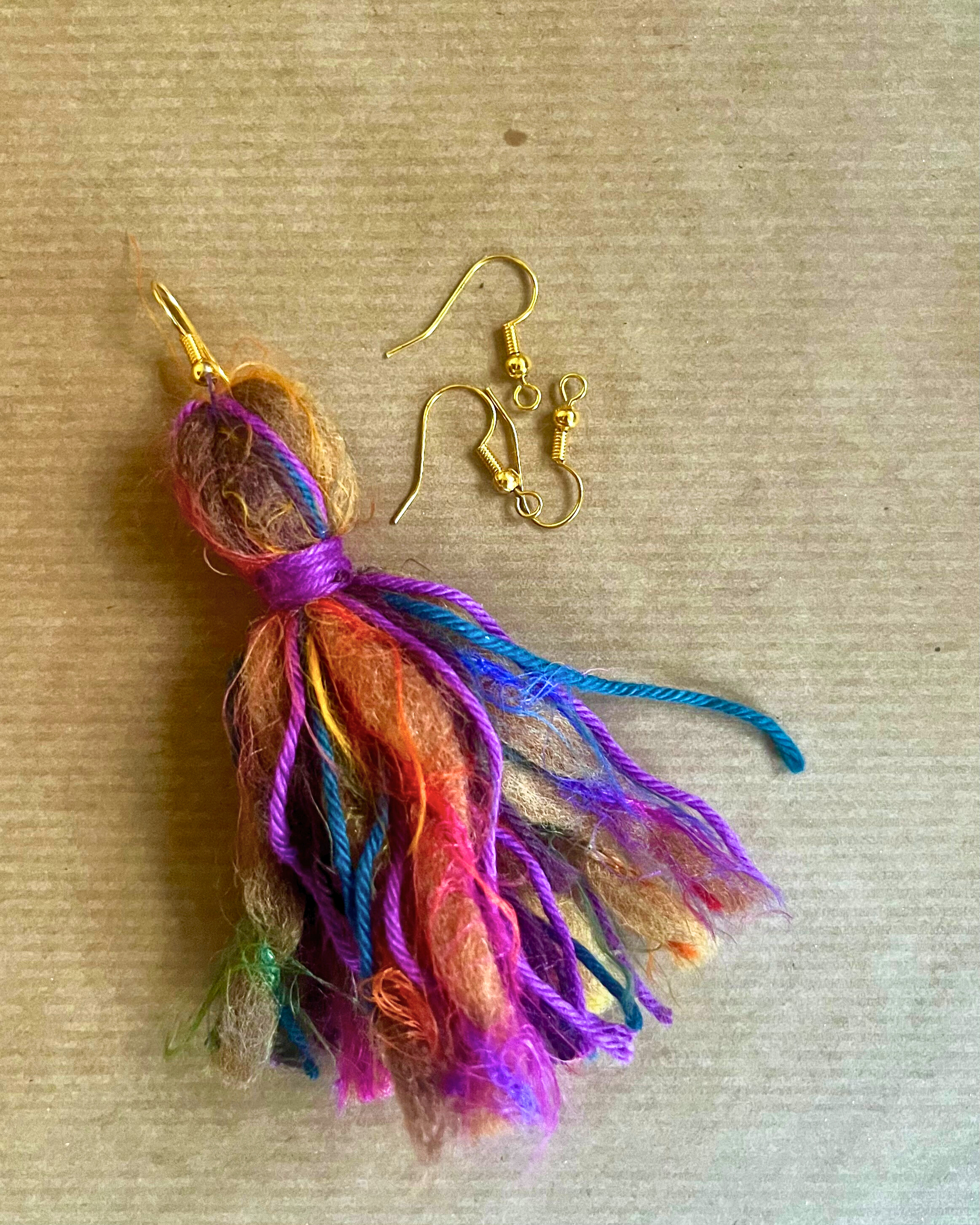
A Sunny Jar Gifting Guide
4 low-waste, festive gifting ideas, kind to the planet and to your wallet ( & the receiver!). Plus, a free tassel earring tutorial. ...more
Low waste living ,Festive
November 06, 2025•1 min read

Sourcing Second-Hand For September (& beyond)
We can make a positive impact on the world by rethinking the way we shop and consume. By choosing second-hand, we can 'dress for the world we want'—one that values people, planet, and creativity over ... ...more
Low waste living
September 03, 2025•5 min read
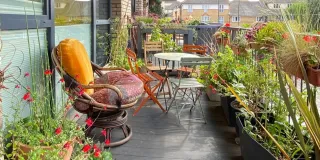
Our Tips to Save Water in the Summer (& All Year Round)
Save water this summer- tips to reduce your water use, save your grey water to reuse and ideas to reuse. ...more
Low waste living ,Plastic Free
August 04, 2025•3 min read
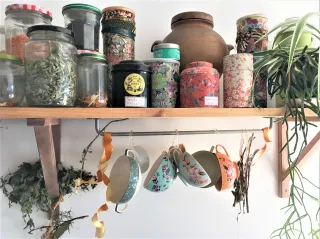
Refill Without The Refill Shop
Can't access to a refill shop or don't have the sleek glass jars to reduce your waste? These obstacles shouldn't prevent you from shopping with less packaging. With a little creativity and community, ... ...more
Low waste living
June 02, 2025•2 min read
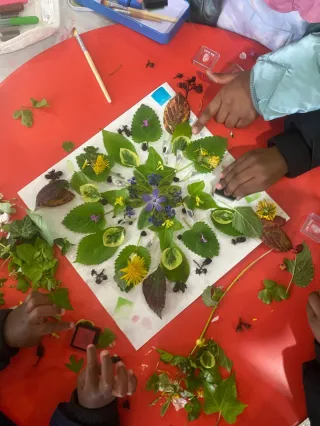
Step Outside: Simple Wellbeing Activities for families
Spending time outdoors is one of the best things we can do for our health and happiness. For children, it’s especially important. Nature offers freedom to explore, play, and learn in ways that support... ...more
Low waste living
May 08, 2025•3 min read

